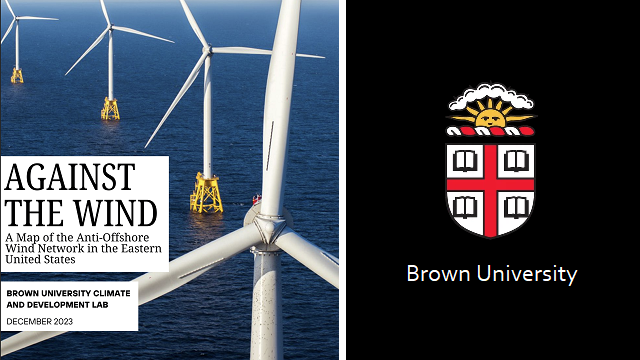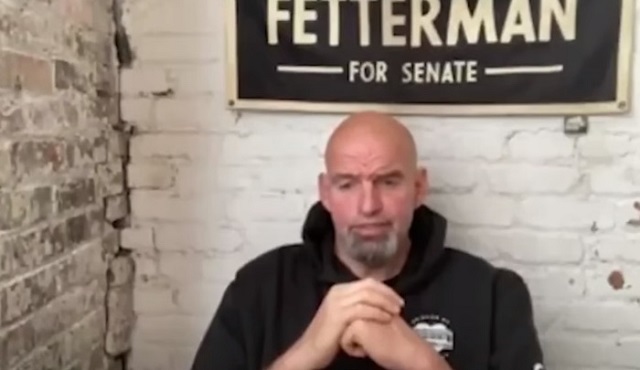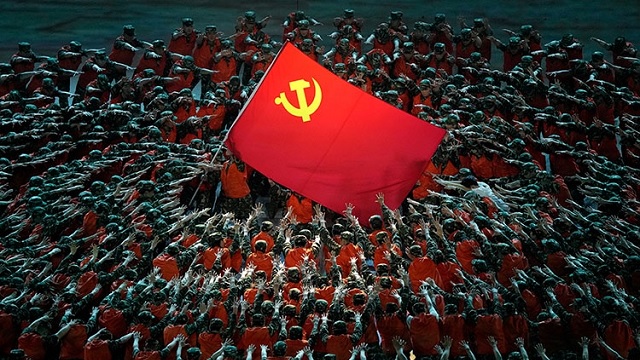
“It is well for the heart to be naïve and the mind not to be.” — Anatole France
Hopefully, naivety will be a casualty of the Hamas War. Children in a playground can be naïve – but our world is no playground.
The Oxford Learner’s Dictionary defines “naïve” as “lacking knowledge, experience of life, or good judgment, and willing to believe that people always tell you the truth”. To this, I, a son of a Holocaust survivor, would add “willing to believe that people are good”. Every morning, after reading the newspaper, I am reminded that this is a world of Good versus Evil, and people who don’t understand that are naïve.
And so, after the Shoah, naivety should have died. Or maybe it just faded a bit and has revived itself,
Even some Israelis, surrounded by enemies who want them all dead and don’t hesitate to say so, in their charters or in their media or in their universities, have caught this virus of naivety.
What else can you say about a government and a security apparatus that, in the face of all this, was content with “quiet” or “mowing the grass”.
What else can one say about the folks who turned over Gaza to the genocidal Palestinian haters, or who thought the Oslo Process was a good faith policy of Yassr Arafat.
What else can one say about people who thought, after the Second Intifada, that Good will inevitably win out over Evil.
As the Washington Post noted: “For more than a decade, when analysts described the strategy utilized by Israel against Palestinian militants in the Gaza Strip, they’ve used a metaphor: With their displays of overwhelming military strength, Israeli forces were ‘mowing the grass.’”
Efaim Inbar and Eitan Shamir wrote in a 2014 article for the Begin-Sadat Center for Strategic Studies: “Against an implacable, well-entrenched, nonstate enemy like the Hamas, Israel simply needs to ‘mow the grass’ once in a while to degrade enemy capabilities. A war of attrition against Hamas is probably Israel’s fate for the long term,”
Hopefully, this virus of naivety will be another casualty of the Hamas War. It might be fine for children in a playground to be somewhat naive – but our world is no playground.
When one pays regard to the over-reliance of Israel on an America under Biden, our eyes should have been opened: America now tolerates and even supports the anti-Israel types glorified by its media – such as Rashida Tlaib, Ilhan Omar, AOC, Bernie Sanders and the Black Caucus.
“We (the Palestinians) will win because of two reasons. Because of your stupid democracy and because of our wombs.” – Arab Israeli politician and lawyer Taleb a-Sanaa.
We cannot solely rely, for our policies, on polls but we cannot ignore them either.
We shouldn’t ignore the following:
A new poll has shown that half of registered American voters aged between 18 and 24 support Hamas more than Israel in the Gaza war. However more than four in five voters overall in all age groups support Israel. The Harvard CAPS/Harris poll found just 19 percent of US voters think the long-term solution is for Israel to “be ended and given to Hamas and the Palestinians”, but that figure rose to 51 percent among those aged 18 to 24, and 31 percent for those between 25 and 34 years old.
Does this mean that young people will grow out of their naïve beliefs or is this a bad omen for the future as these younger Americans assume positions of influence and governance?
Another wartime opinion poll among Palestinian Arabs published by AP News shows a rise in support for Hamas, which appears to have ticked up even in the devastated Gaza Strip. This poll shows an overwhelming rejection of Western-backed Mahmoud Abbas, with nearly 90% saying he must resign.
The findings by a Palestinian Arab pollster signal more difficulties ahead for the naïve Biden administration postwar vision for Gaza, which thinks that the Palestinian Authority (which is a main part of the problem) can somehow be part of a solution that sees it replacing Hamas in Gaza. Does anyone who understands reality and is not naive think that this would advance prospects for peace?
Another poll was conducted by the Arab World for Research and Development, a research organization based in the so-called ‘West Bank’, carried out after the Oct. 7 attacks and following Israel’s military invasion of Gaza.
To the question, “How much do you support the military operation carried out by the Palestinian resistance led by Hamas on October 7th?” 59.3 per cent supported it strongly, with another 15.7 per cent of people supporting it somewhat — a combined total of 75 per cent backing the slaughter of men, women and children.
The Oct. 7 attacks are widely attributed to Hamas, but more specifically, it is likely that it was Hamas’s military wing, the Qassam Brigades, that carried out the raid.
And how do Palestinian Arabs view the Qassam Brigades? The poll found that 79.1 per cent of Gazans had a positive view of the organization and, in the /West Bank/, that grew to 95.4 per cent. As for Hamas, almost 60 per cent of Gazans had a positive view of it, with that number rocketing to 87.7 per cent in the /West Bank/.
Islamic Jihad, a terrorist organization, is supported by 71.9 per cent of Gazans and over 90 per cent of people in the West Bank. And the Al-Aqsa Martyrs’ Brigades is viewed positively by almost 70 per cent of Gazans and over 80 per cent of West Bank respondents.
Regarding the naïve two-state solution, we must note that having a population of one of those states that supports the destruction of the other and that educates its young to commit genocide might be an impediment.
Palestinian Arabs are themselves not optimistic about peace. When asked if “your conviction in the possibility” of achieving peace with Israel or coexistence between Palestinian Arabs and Israel had increased or decreased, almost 90 per cent said it had decreased in both cases.
When asked why the United States and the West support Israel, answers included: the Israeli lobby (91.5 per cent); hatred of Muslims and Islam (89.5 per cent); and political and economic interests in the region (96.3 per cent).
And the number of Palestinian Arabs who feel pride after Oct. 7 sits at 94.3 per cent.
Do we believe these polls, or does believing anything said by the Palestinian Arabs, constitute a form of naivety? If the Palestinian Arabs see some international resolve against them, especially from Arab states and their mentors in Europe, might we expect to see a new understanding that the Palestinian Arabs don’t tell the truth about very much and it is naive to think otherwise.
Right now the Palestinians have little support from other Arab states who don’t want to admit any into their countries. Most of their support comes from western nations, who, together with their international organizations, lie about their support for Israel.
In the Middle East there is the “narrative” and then there is the “truth”. As we noted, those who lack knowledge, experience of life, or good judgment, and are willing to believe that people always tell you the truth and are mostly good, is the essence of naivety; Such ideological confusion must be overcome, sooner rather than later.
©2023. Howard Rotberg. All rights reserved.















